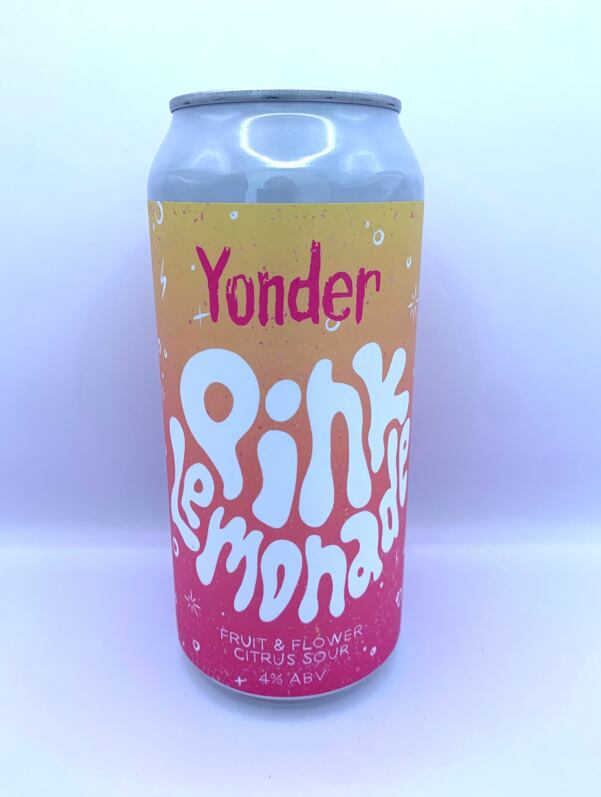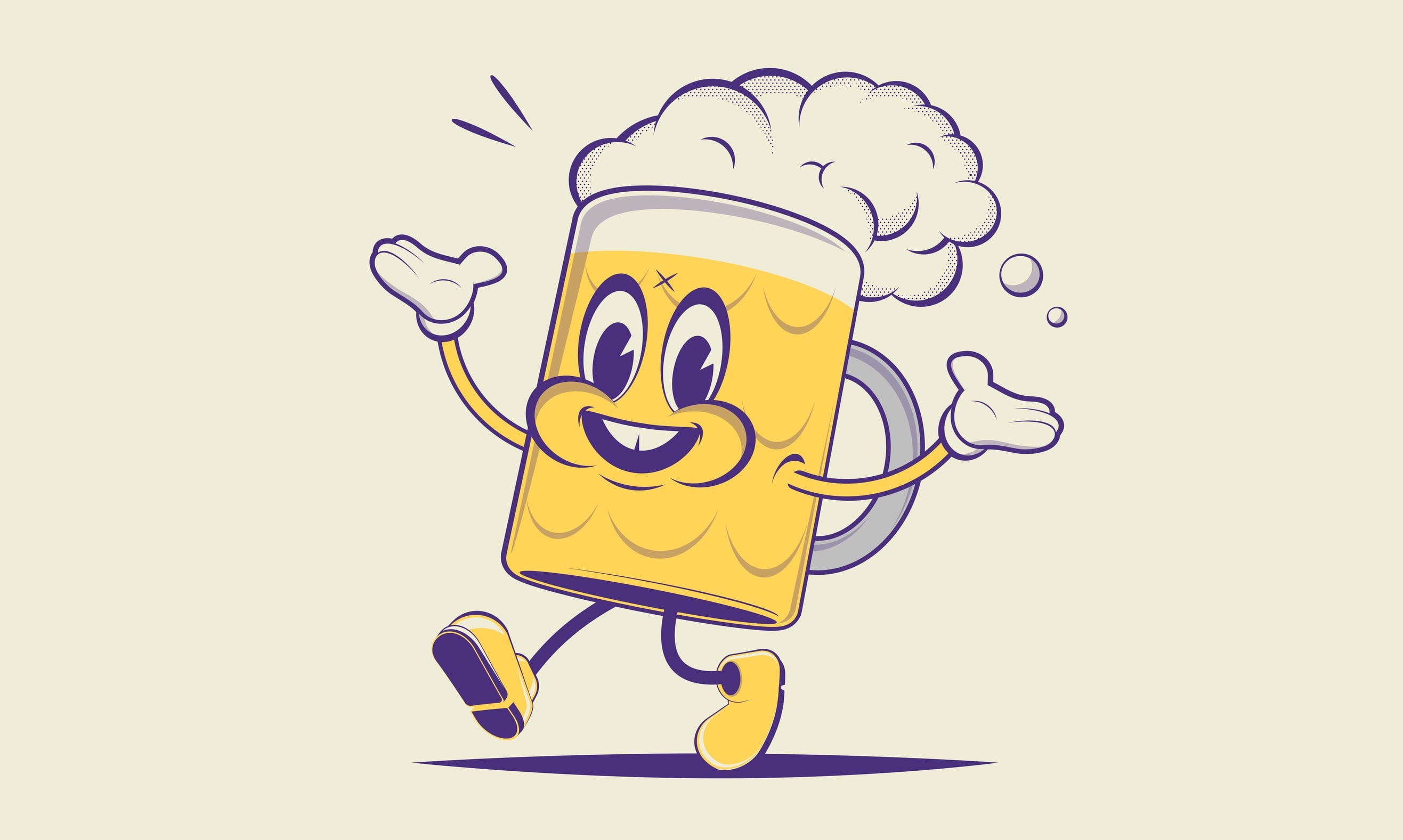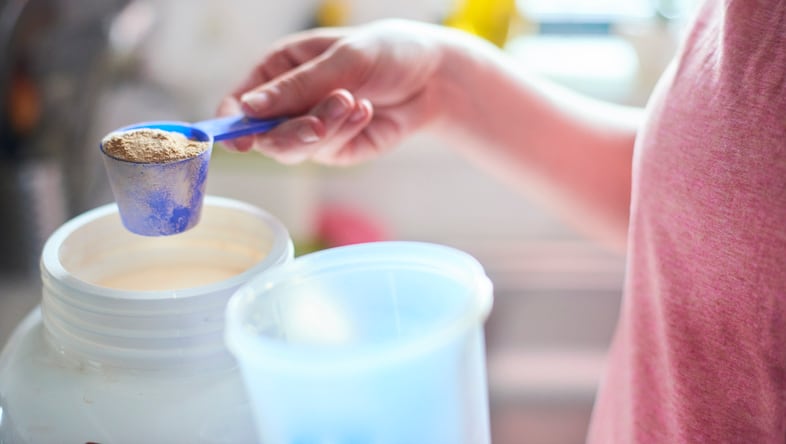Alcohol brands may not set out to market to children: but the use of certain elements together (such as cartoon characters or bright colors) can lead to this impression.
In fact, in 2023, there was a rise in the number of alcohol brands that found themselves before The Portman Group (the UK industry’s self-regulator) and the Advertising Standards Authority (the UK advertising watchdog) for marketing that was deemed to be appealing to children.
And The Portman Group's Independent Complaints Panel upheld more than double the amount of complains in 2023 compared with 2022, with the most upheld complaints being those that were found to have breached the Code for having a particular appeal to under 18s.
So what is acceptable - and what isn't?
Children are 'information sponges'
Drawing on insights provided by Kids Industries – a specialist research and marketing agency focused on the children’s and family market - updated guidance from The Portman Group wants to help brands understand where the problem areas are.
As Gary Pope, Co-founder and CEO of Kids Industries, puts it: “What children see matters. They are idea and information sponges, and from an early age they are influenced by the world around them. As marketers it is essential to avoid accidentally appealing to under-18s.”
The baseline advice is – while none of the following elements are inherently problematic – they are areas where caution should be exercised. And it’s worth remembering elements that might be acceptable in isolation may not be acceptable when combined with other factors.
Cartoon characters
Code rule 3.2(h) requires that a drink’s naming, packaging and any promotional material or activity does not, in any direct or indirect way, have a particular appeal to under-18s
(In the case of sponsorship, those under 18 years of age should not comprise more than 25% of the participants, audience or spectators).
The Panel has considered several complaints against products that included anthropomorphic animals and characters on the packaging, which is deemed to have particular appeal to under-18s.
And yet, ‘the inclusion of characters or anthropomorphic animals is not inherently problematic under the Code’.
Compliance is, rather, determined by the prominence, positioning, presentation and overall impression conveyed.
“Characters are a known way of providing an approachable and relatable element to a brand identity,” notes the guidance.
“Whilst not all characters are designed to appeal to children, producers must be mindful that some characters, such as anthropomorphic animals, or characters with large eyes, smiling faces and welcoming stances are all likely to have an appeal to under-18s.
In 2022, AB InBev's Camden Town Brewery found itself in trouble with the UK's Advertising Standards Watchdog for using animated characters in conjunction with factors such as color and juvenile gestures (such as winking or thumbs up).
“Even in an instance where the character itself does not have a particular appeal, a baseline is created where the packaging or marketing is already creating a certain level of appeal, even inadvertently, which can be exacerbated by other elements such as bright colors, flavors, sparkles etc. which could make it more likely to breach the Code.”
Incorporating existing characters from well-established franchises introduces another level of complexity: because the character’s overall appeal and presentation in other media will factor into the overall impression created.
Nostalgia
Often associated with cartoon characters is the question of nostalgia - which is being increasingly used in alcohol marketing. Can a character from yesteryear be used to promote an alcoholic drink?
"Marketing that is based on nostalgia is used to appeal to an adult age group and ultimately remind the target demographic of a well-loved theme, story, character, series, game etc. from when they were teenagers or children," says the guidance. "However, care should be taken if including childhood nostalgia in alcohol marketing as inclusion of elements which were popular with children many years ago may still hold an appeal to children today.”
Brands should consider whether the theme is based on a well-known franchise that could still hold appeal to children today; and whether the franchise has been subject to a reboot; among other factors.
Color
The inclusion of bright colors will not constitute a breach of the Code when considered in isolation.
However, Kids Industries highlights young children are most attracted to bright primary colors: red, yellow and blue.
That means color has been deemed problematic in certain cases - but not in others.
A fine line

In January, The Portman Group upheld a complaint against Yonder Pink Lemonade Beer as it 'did not communicate its alcohol nature with absolute clarity'. Yonder agreed to amend its product packaging to make the alcoholic nature of the product clear.
However - despite the use of the soft drink term 'pink lemonade' and use of yellow and pink colors - the panel did not uphold a complaint that the product had particular appeal to U18s.
The Panel said the inclusion of bright colors was not enough to create a particular appeal to under-18s.
"The Panel considered the overall impression conveyed by the packaging and noted that ‘Pink Lemonade’ was presented in a bubble writing style and that the label incorporated ‘doodle’ style drawings of stars, circles and crosses as well as the company logo, which was a simple cartoon image," notes the ruling. "The Panel also noted that the back label included the phrase ‘adult version of a childhood favorite’ which was designed to evoke a sense of nostalgia.
"The Panel considered that while these elements had a level of appeal to younger people, none of them individually, or when combined, were enough to constitute a particular appeal to under-18s."
Flavor
Children have a genetic predisposition towards sugary or sweet food flavors and initially reject sour and bitter tastes. It is not just flavor, but scents as well like fruit or candy-like odours that also appeal to children.
This has proven to be problematic for drinks using sweets and sweet shop imagery as part of their marketing.
"Whilst some flavors may naturally appeal to children, this does not mean that the same flavors will not appeal to adults," notes the guidance.
"Code rule 3.2(h) is explicitly about particular appeal and when fundamentals are considered, such as color and flavor, it is difficult to state that such elements could have a particular appeal in and of themselves. As always, it is therefore important to consider the rest of the product packaging and/or marketing to determine compliance under the Code."


